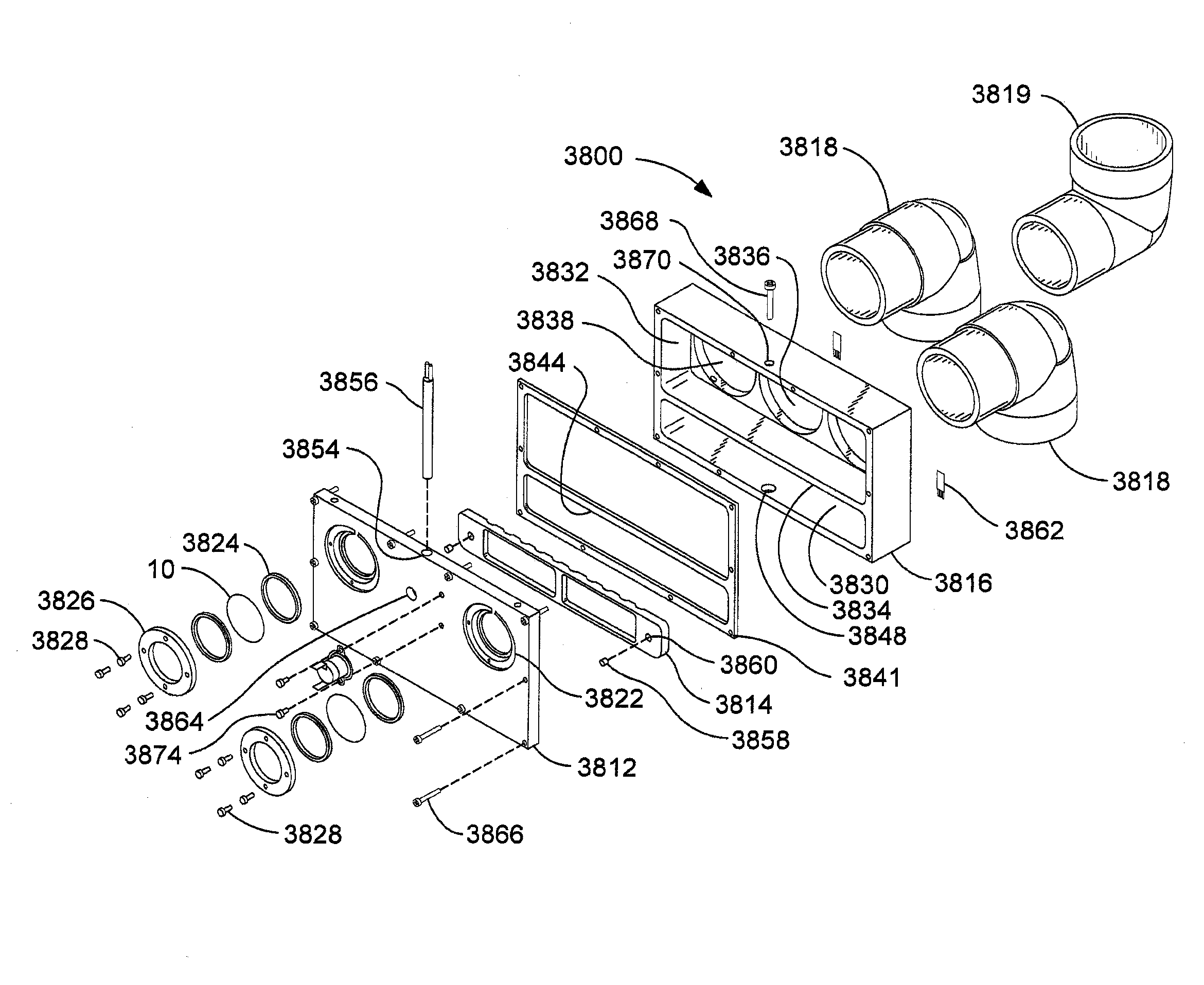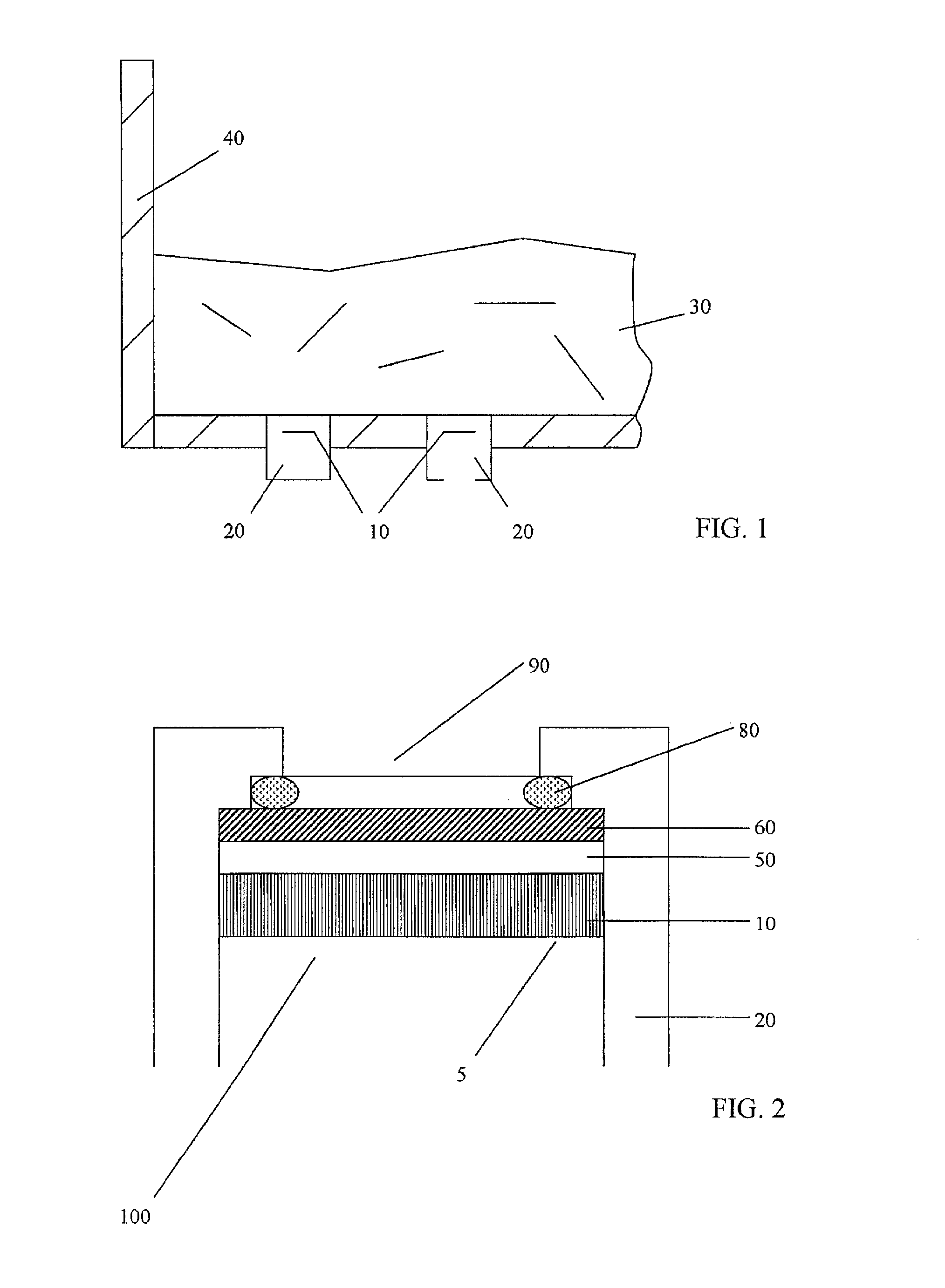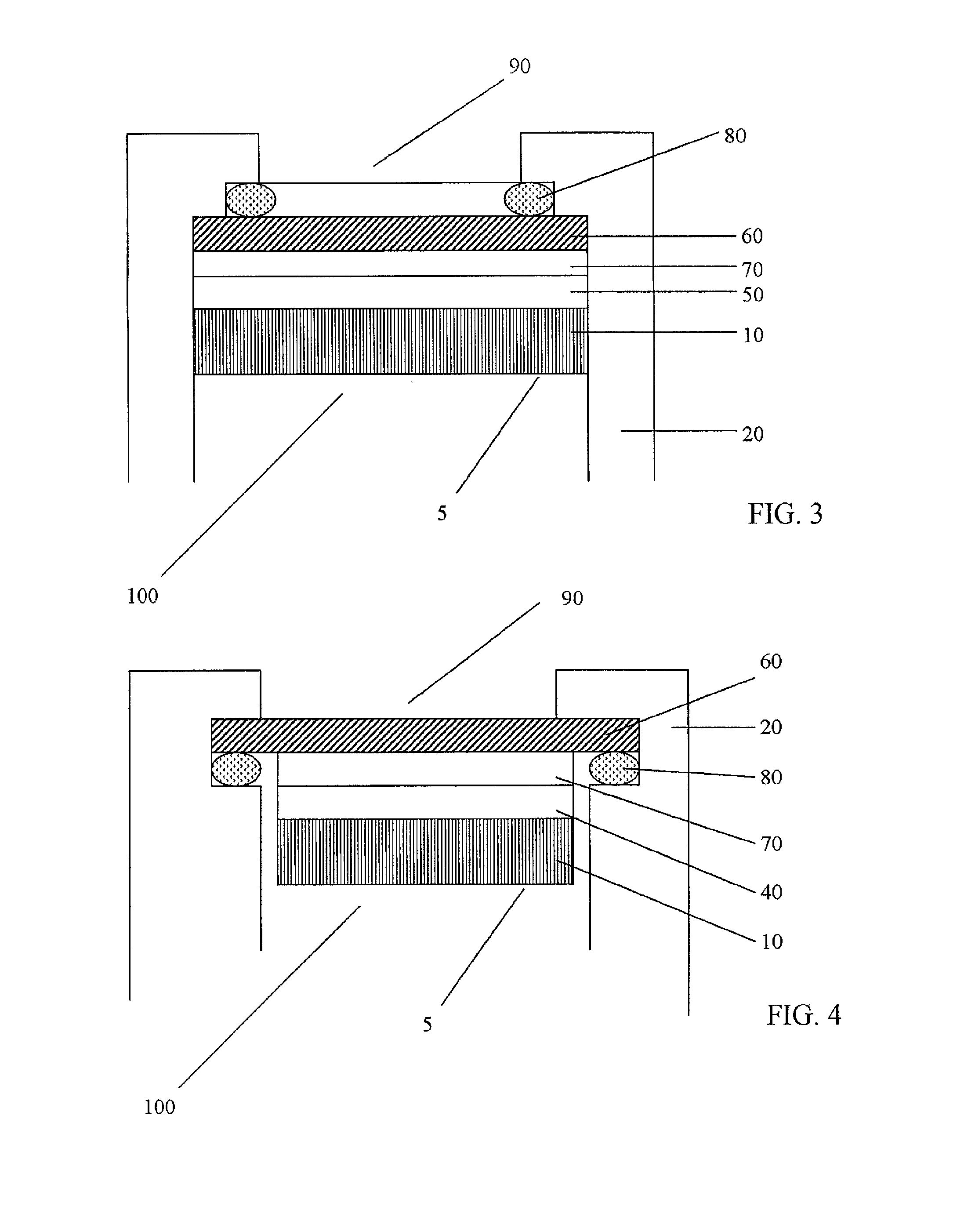Optimized and miniaturized aerosol generator
a generator and aerosol technology, applied in the direction of instruments, heat measurement, computer control, etc., can solve the problems of the apparatus to shut down, achieve the effect of reducing the rate at which the ozone spontaneously decomposes, reducing the temperature of the inside of the enclosure, and improving the oxidation performan
- Summary
- Abstract
- Description
- Claims
- Application Information
AI Technical Summary
Benefits of technology
Problems solved by technology
Method used
Image
Examples
Embodiment Construction
[0231]Detailed references to the embodiments of the invention, are illustrated in the accompanying drawings that serve as examples. While the invention will be described in conjunction with the embodiments, it is understood that they are not intended to limit the invention to those embodiments. On the contrary, the invention is intended to cover alternatives, modifications, and equivalents, which may be included within the spirit and scope of the invention as defined by the appended claims.
[0232]As illustrated in FIGS. 1-5B, an embodiment of the invention includes a method and apparatus for protecting and enhancing the performance of one or more aerosol generating ultrasonic transducer(s) (10) by adhering one or more protective barrier(s) (60) to a transducer(s) (10). Unless otherwise stated, adhering in this specification includes, but is not limited to adhering, coupling, gluing, attaching, cementing, cohering, fastening, pasting, depositing, applying, melting onto or melting toge...
PUM
 Login to View More
Login to View More Abstract
Description
Claims
Application Information
 Login to View More
Login to View More - R&D
- Intellectual Property
- Life Sciences
- Materials
- Tech Scout
- Unparalleled Data Quality
- Higher Quality Content
- 60% Fewer Hallucinations
Browse by: Latest US Patents, China's latest patents, Technical Efficacy Thesaurus, Application Domain, Technology Topic, Popular Technical Reports.
© 2025 PatSnap. All rights reserved.Legal|Privacy policy|Modern Slavery Act Transparency Statement|Sitemap|About US| Contact US: help@patsnap.com



